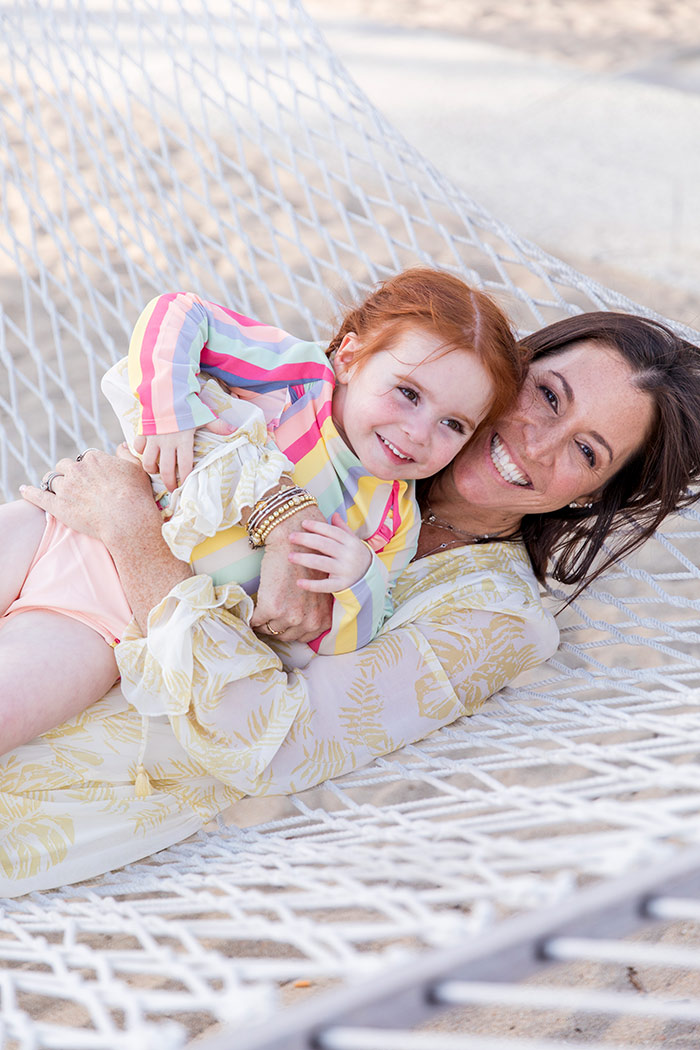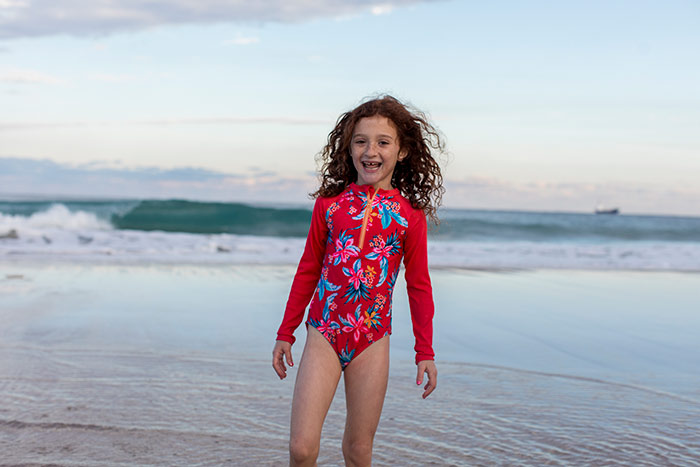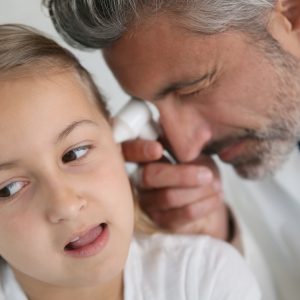
Beat the Heat – Avoid Heat Related Illnesses in Kids
Summer is all about getting outdoors. But with all the fun in the sun, you have to keep the dangers of heat in mind. With team sports and camps in session, we often put our trust in the counselors and coaches to keep our children safe from the dangers of the heat and sun. However, it is our responsibility to not only educate ourselves about the importance of water for kids but also teach our children how to stay safe while outdoors in the heat.
Preventable Heat Related Illnesses
During this time, I typically see a surge of children in the emergency room suffering from heat related illness. Make sure you know the importance of water for kids and remind your children about staying well hydrated during outdoor activities throughout the summer.
Although symptoms of heat illness are usually progressive, they can often occur abruptly and escalate quickly. So today, we are going to talk about different heat related illnesses and how to protect our children.
1. Heat Cramps
Heat cramps are brief, painful muscle cramps in the legs, arms, or abdomen that may occur during or after exercise in extreme heat.
Most heat cramps symptoms themselves aren’t dangerous. But they are a painful sign that it’s time to hydrate and cool off.
2. Heat Exhaustion
Heat exhaustion in kids is the precursor to heat stroke and is a direct result of the body overheating. Increased thirst, muscle cramps, nausea or vomiting, irritability, headache, increased sweating, and fainting are common symptoms.
If your child is having any symptoms of heat exhaustion, immediately take them indoors, take off their clothes, place cool clothes on their body, encourage fluids with salt or sugar (like Pedialyte or Gatorade), and call your doctor.
3. Heat Stroke
Heat stroke is the most dangerous form of heat illness and is a medical emergency.
We typically see this life threatening illness with elderly people and athletes who ignore the symptoms of milder heat related illness such as cramps, vomiting, or fainting.
Heat stroke results from a combination of prolonged exposure to high temperatures and dehydration. It is defined by a core body temperature higher than 105 degrees with involvement of the central nervous system.
Individuals with heat stroke may have symptoms similar to heat exhaustion but will start to experience confusion, disorientation, seizures, loss of consciousness, and possible coma. In addition, they will also stop sweating despite the heat.
If you suspect heat stroke in kids or anyone else, call 911 immediately!
4. Sun Poisoning
Sun poisoning is essentially a really severe sunburn that forms large painful blisters. Symptoms of sun poisoning include fever, chills, nausea, headache, and other signs of dehydration.
Sunscreen is imperative.
Wear a sunscreen that has at least 30 SPF, and apply it about 15 to 30 minutes before going out in the sun. Reapply sunscreen at least every 1.5 hours and after you have been in the water. Wear protective clothing and limit sun exposure.
So how do we prevent these illnesses from occurring?
Hydration, hydration, hydration.
Children are easily distracted and can quickly become dehydrated if not adequately hydrating.
How much water should a child drink a day?
It is recommended that a child drinks 5 to 9 ounces of water (10 to 18 “gulps”) every 20 minutes during activity depending on weight (teenagers should drink more).
Younger children should be given water bottles with marks on the sides showing how much they should drink or be told how many “gulps” to drink. The best type of fluids are ones that have sugar and salt to replenish electrolytes. Pedialyte and Gatorade can both be good electrolytes drinks for kids.
Popsicles are also a great way to get some nourishing fluids into little ones! They’re easy to make yourself. And who can resist a refreshing, delicious, and icy treat?!
Final Thoughts on the Importance of Water for Kids
Do not rely on coaches or counselors to ensure proper fluid intake. Make sure your child knows to drink some water every 20 to 30 minutes, especially if participating in sports or training.
Explain the importance of listening to your body. Make sure your child knows it is okay to take a break when feeling tired, hot, or thirsty.
~Dr. Katie




